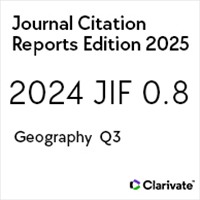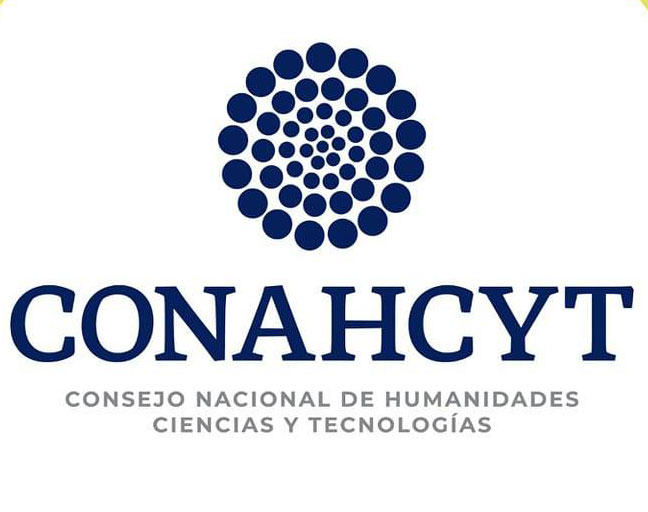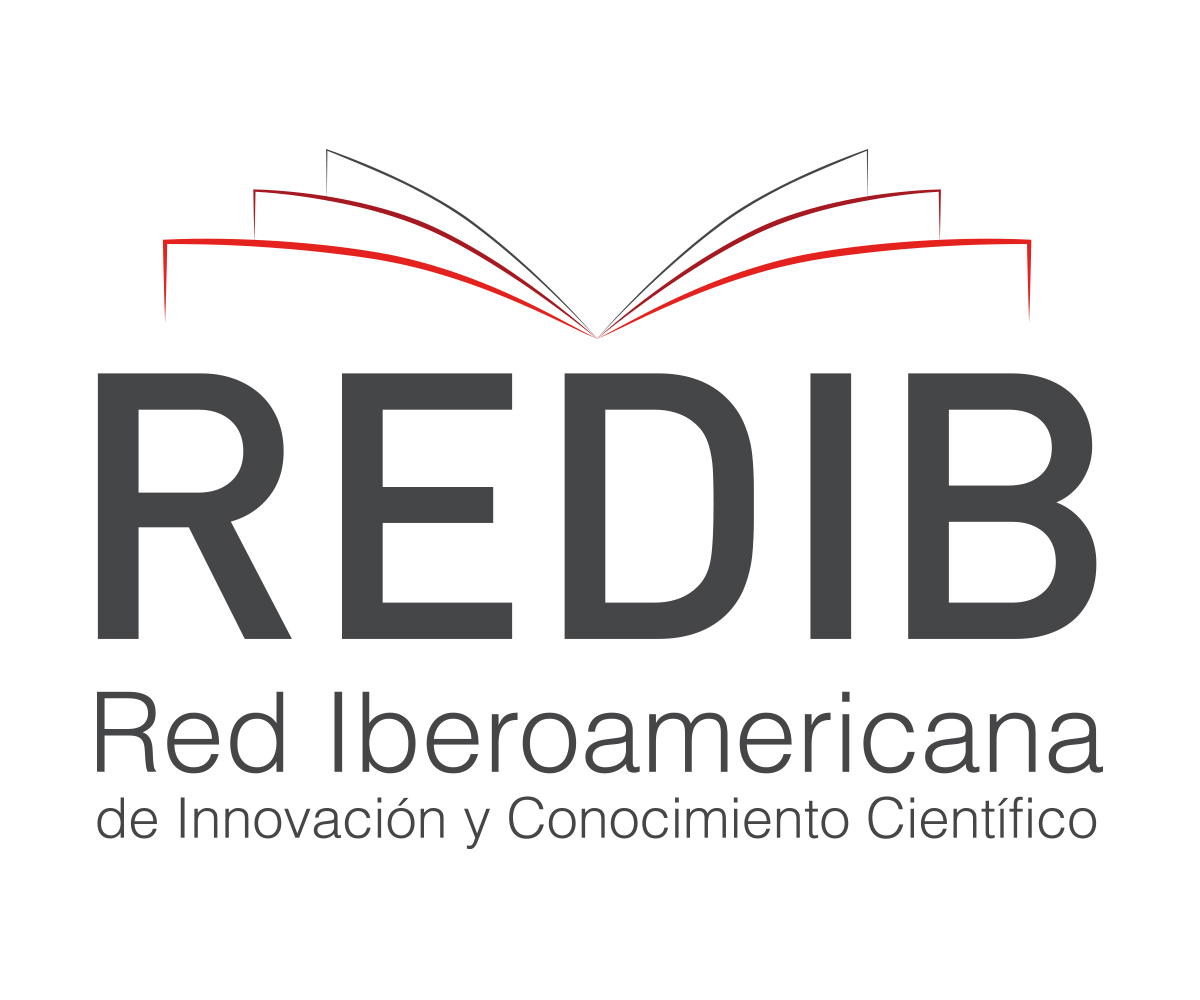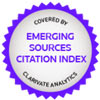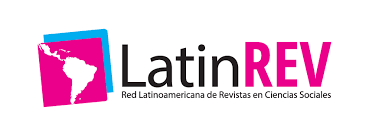Identificación de cambios estructurales en el flujo histórico de agua del Río Bravo en El Paso y Fort Quitman
Structural changes in Rio Bravo´s historical flow of water in El Paso and Fort Quitman
https://doi.org/10.21670/ref.2012.26.a05
Palabras clave:
agua, cambio estructural, Río Bravo, series de tiempo,Resumen
Analizamos el flujo de agua superficial del Río Bravo entre El Paso–Ciudad Juárez y Fort Quitman y estimamos los cambios estructurales registrados durante 1923–2005. El estudio está basado en un conjunto de ecuaciones econométricas diseñadas para examinar tendencias y cambios de tendencia en datos de series de tiempo. Encontramos que el flujo de agua registró dos cambios estructurales importantes estimados en 1950 y en 1972. Después del primer cambio estructural hubo una reducción en el flujo de agua que está asociado a la aplicación del tratado de 1944, mientras que después del segundo hubo un aumento que parece responder a la ley estadounidense que protege la flora y la fauna. En concreto, la parte del Río Bravo entre Ciudad–Juárez y Fort Quitman ha recibido un flujo de agua menor desde 1950.Abstract We analyze the surface water flow of Rio Grande between El Paso–Ciudad Juarez and Fort Quitman and estimate the structural changes occurred during 1923–2005. The study is based on a set of econometric equations to examine trends and turning points in data of time series. We find that water flow registered two important structural changes estimated in 1950 and 1972. There was a reduction in the water flow after the first structural change that is linked to the 1944 Treaty; whilethe second structural change is associated toincreases of the water flowthat seem to respond to the observation of the American flower and fauna law. In conclusion, the lower Rio Grande located between Ciudad–Juarez and Fort Quitman has received a minorwater flow from 1950.
Citas
Anglés, M. (2006), “Los cursos de agua compartidos entre México y los Estados Unidos de América y la variable medioambiental. Una aproximación”, Anuario Mexicano de Derecho Internacional, vol. 6, pp. 89-166.
Arias, Héctor M. (2000), “International Groundwaters: The Upper San Pedro River Basin Case”, Natural Resources Journal, vol. 40, núm. 2, pp. 191-221.
Ávila, Patricia (1996), Escasez de agua en una región indígena de Michoacán: el caso de la meseta puerépecha, Zamora, Michoacán, El Colegio de Michoacán.
Barajas, Ismael A. (1999), “Interregional Transfer of Water in Northeastern Mexico: The Dispute over El Cuchillo”, Natural Resources Journal, vol. 39, núm. 1, pp. 65-98.
Brown, Christopher P. y Stephen Mumme (2000), “Applied and Theorical Aspect of Binational Watershed Councils (Consejos de Cuenca) in the U.S. Mexico Borderland”, Natural Resources Journal, vol. 40, núm. 3, pp. 895-929.
Bustillos, Sandra (2004), “El agua en la frontera México-Estados Unidos”, Araucaria, vol. 5, núm. 11, pp. 1-12.
Carrion-i-Silvestre, Josep Lluís, Manuel Artís y Andreu Sansó-i-Roselló (2004), “Raíces unitarias y cambios estructurales en las macromagnitudes españolas”, Revista de Economía Aplicada, vol. 12, núm. 35, pp. 5-27.
—— y Germán Soto (2007), “Stochastic Convergence Amongst Mexican States”, Regional Studies, vol. 41, núm. 4, pp. 531-541. DOI: https://doi.org/10.1080/00343400601120221
Center for International Strategic Studies (2003), U.S. – Mexico Transboundary Water Management. The Case of the Rio Grande/ Rio Bravo. Recommendations for Policymakers for the Medium and Long Term, Washington, D.C., Center for Strategic and International Studies.
Chávez, Octavio E. (1999), “The 1994-1995 Drought, What did we Learn from it? The Mexican Perspective”, Natural Resources Journal, vol. 39, núm. 1, pp. 35-60.
—— (2000), “Mining of Internationally Shared Aquifers: The El Paso-Juarez Case”, Natural Resources Journal, vol. 40, núm. 2, pp. 237-260.
Comisión para la Cooperación Ambiental (2001), Informe sobre el Manejo de las Aguas Fronterizas y Transfronterizas en América del Norte, vol. 7, Montreal, Éditions Yvon Blais.
DeBuys, William (2001), “Navigating the River of our Future: The Rio Poco Grande”, Natural Resources Journal, vol. 41, núm. 2, pp. 265-281.
Durant, Robert F. y M. D. Holmes (1985), “Thou Shalt not Covet thy Neighborns Water: The Rio Grande Basin Regulatory Experience”, Public Administration Review, núm. 45, p. 6. DOI: https://doi.org/10.2307/975357
Elliott, G., T. J. Rothenberg y J. H. Stock (1996), “Efficient Tests for an Autorregresive Unit Root”, Econometrica, vol. 64, núm. 4, pp. 813-836. DOI: https://doi.org/10.2307/2171846
Escobar, Ohmstede (1997), “Las ‘sequías’ y sus impactos en las sociedades del México decimonónico, 1856-1900”, en Virginia García (ed.), Historia y desastres en América Latina, vol. II, México, CIESAS.
Gantz, David A. (1996), “The North American Development Bank and the Border Environment Cooperation Commission: A New Approach to Pollution Abatement along the United States-Mexican Border”, Law and Policy in International Business, núm. 27, pp. 1027-56.
Hume, Bill (1999), “Big River, Big Issues”, Natural Resources Journal, vol. 39, núm. 1, pp. 17-26.
—— (2000), “Water in the U.S. – Mexico Border”, Natural Resources Journal, vol. 40, núm. 2, pp. 189-197.
Hurlburt, David (2001), “The Good, the Bad, and the Arid”, Forum for Applied Research and Public Policy, vol. 16, núm. 1, pp. 9-13.
Ingram, Helen y D. R. White (1993), “International Boundary and Water Commission: An Institutional Mismatch for Resolving Transboundary Water Problems”, Natural Resources Journal, vol. 33, núm. 1, pp. 153-200.
—— (1999), “Lessons Learned and Recommendations for Coping with Future Scarcity”, Natural Resources Journal, vol. 39, núm. 1, pp. 179-188.
Johnstone, Nick (1995), “International Trade, Transfrontier Pollution, and Environmental Cooperation: A Case Study of the Mexican-American Border Region”, Natural Resources Journal, vol. 35, núm, 1, pp. 33-62.
Jones, Celina A. (2002), “The Administration of the Middle Rio Grande Basin: 1956-2002 (New Mexico)”, Natural Resources Journal, vol. 42, núm. 4, pp. 939- 968.
Lumsdaine, Robin L. y David H. Papell (1997), “Multiple Trend Breaks and the Unit-Root Hypothesis”, The Review of Economics and Statistics, núm. 79, pp. 212-218. DOI: https://doi.org/10.1162/003465397556791
Maddala, G. S. e I. M. Kim (1998), Unit Roots, Cointegration, and Structural Change, Cambridge, Cambridge University Press. DOI: https://doi.org/10.1017/CBO9780511751974
Martínez, Eluid (1999), “Coping with Water Scarcity on the Rio Grande/Rio Bravo”, Natural Resources Journal, vol. 39, núm. 1, pp. 117-119.
Mitchel, Suzanne (2003), The U.S – Mexican Border Environment. Binational Water Management Planning, San Diego, San Diego University Press.
Mumme, S. y R. J. Bustamante (1993), “Innovation and Reform in Transboundary Resource Management: Critical Look at the International Boundary and Water Commission, United States and Mexico”, Natural Resources Journal, vol. 33, núm. 1, pp. 93-132.
—— (1999), “Managing Acute Water Scarcity on the U.S. – Mexico Border: Institutional Issues Raised by 1990’s Drought”, Natural Resources Journal, vol. 39, núm. 1, pp. 93-132.
—— (2001), “The US – Mexico International Boundary and Water Commission in the Sustainable Development Era”, IBRU Boundary and Security Bulletin, verano, pp.117-125.
—— (2003a), “Environmental Politics and Policy in U.S. – Mexican Border Studies: Developments, Achievements, and Trend”, The Social Science Journal, núm. 40, pp. 593-606. DOI: https://doi.org/10.1016/S0362-3319(03)00071-5
Mumme, S. (2003b), “Revising the 1994 Water Treaty: Reflections on the Rio Grande Drought Crises and other Matters”, Journal of the Southwest, vol. 45, núm. 4, pp. 649-671.
Ng, Serena y P. Perron (1995), “Unit Root Tests in ARMA Models with Data- Dependent Methods for the Selection of the Truncation Lag”, Journal of the American Statistical Association, núm. 90, pp. 268-281. DOI: https://doi.org/10.1080/01621459.1995.10476510
—— y Pierre Perron (2001), “Lag Length Selection and the Construction of Unit Root Tests with Good Size and Power”, Econometrica, vol. 69, núm. 6, pp. 1519-1554. DOI: https://doi.org/10.1111/1468-0262.00256
Ostrom, Elinor (2000), El gobierno de los bienes comunes. La evolución de las instituciones de acción colectiva, México, Fondo de Cultura Económica.
Perron, P. (1989), “The Great Crash, the Oil Price Shock, and the Unit Root Hypothesis”, Econometrica, vol. 57, núm. 6, pp. 1361-1401. DOI: https://doi.org/10.2307/1913712
—— (1997), “Further Evidence on Breaking Trend Functions in Macroeconomic Variables”, Journal of Econometrics, núm. 80, pp. 355-385. DOI: https://doi.org/10.1016/S0304-4076(97)00049-3
—— y Ng Serena (1996), “Useful Modifications to some Unit Root Tests with Dependent Errors and their Local Asymptotic Properties”, The Review of Economic Studies, núm. 63, pp. 453-463. DOI: https://doi.org/10.2307/2297890
—— y Timothy J. Vogelsang (1992), “Nonstationary and Level Shifts with an Application to Purchasing Power Parity”, Journal of Business and Economic Statistics, vol. 10, núm. 3, pp. 301-320. DOI: https://doi.org/10.1080/07350015.1992.10509907
Phillips, P. C. B. y P. Perron (1988), “Testing for a Unit Root in Time Series Regression”, Biometrika, vol. 75, pp. 335-346. DOI: https://doi.org/10.1093/biomet/75.2.335
Salas J. A. (2009), El tratado de 1906: un reparto desfavorable de agua para México, Ciudad Juárez, Universidad Autónoma de Ciudad Juárez.
Samaniego, M. A. (2006), Ríos internacionales entre México y Estados Unidos: los tratados de 1906 y 1944, México, El Colegio de México.
Sánchez M. (2007), “Jacona. Historia de un pueblo y su desencuentro con el agua”, en Efraín Cárdenas et al. (2007), Informe final de la primera etapa del proyecto Reserva Patrimonial del Curutarán, México, Colegio de Michoacán, UMSNH-INAH.
Schoik, Rick y Christopher Brown (2004), “Barriers and Bridges: Managing Water in the U.S. – Mexican Border Region”, Environment, vol. 46, núm. 1, pp. 26-42. DOI: https://doi.org/10.1080/00139150409603196
Szekely, A. y L. Cabrera (1993), “Emerging Boundary Environmental Challenges and Institutional Issues: Mexico and the United States”, Natural Resources Journal, vol. 33, núm. 1, pp. 33-58.
Utton, Albert (1999), “Coping with Drought on an International River under Stress: the Case of the Rio Grande/Rio Bravo”, Natural Resources Journal, vol. 39, núm. 1, pp. 27-34.
West, Krista (2003), “Restoring the Rio: Efforts to Keep the Rio Grande Filled with Water”, Scientific American, vol. 289, núm. 5, pp. 26-28. DOI: https://doi.org/10.1038/scientificamerican1103-26
Wurbs, R. (2004), “Water Allocation Systems in Texas”, Water Resources Development, vol. 20, núm. 2, pp. 229-242. DOI: https://doi.org/10.1080/0790062042000206093
Yoskowitz, David (1999), “Spot Market for Water along the Texas Rio Grande: Opportunities for Water Management”, Natural Resources Journal, vol. 39, núm. 2, pp. 345-355.
Zivot, E. y D. W. K. Andrews (1992), “Further Evidence on the Great Crash, the Oil-Price Shock, and the Unit Root Hypothesis”, Journal of Business and Economic Statistics, vol. 10, núm. 3, pp. 251-270. DOI: https://doi.org/10.1080/07350015.1992.10509904






